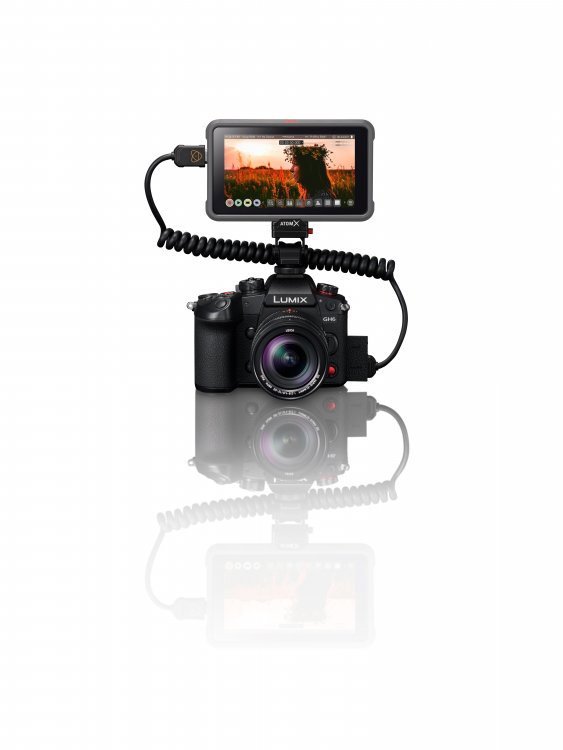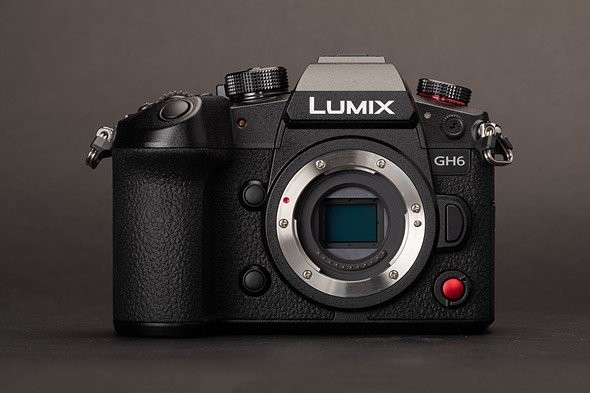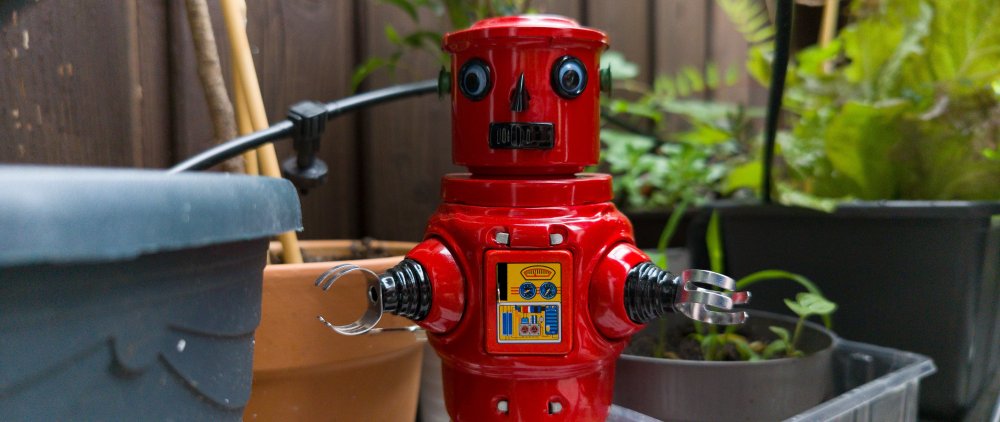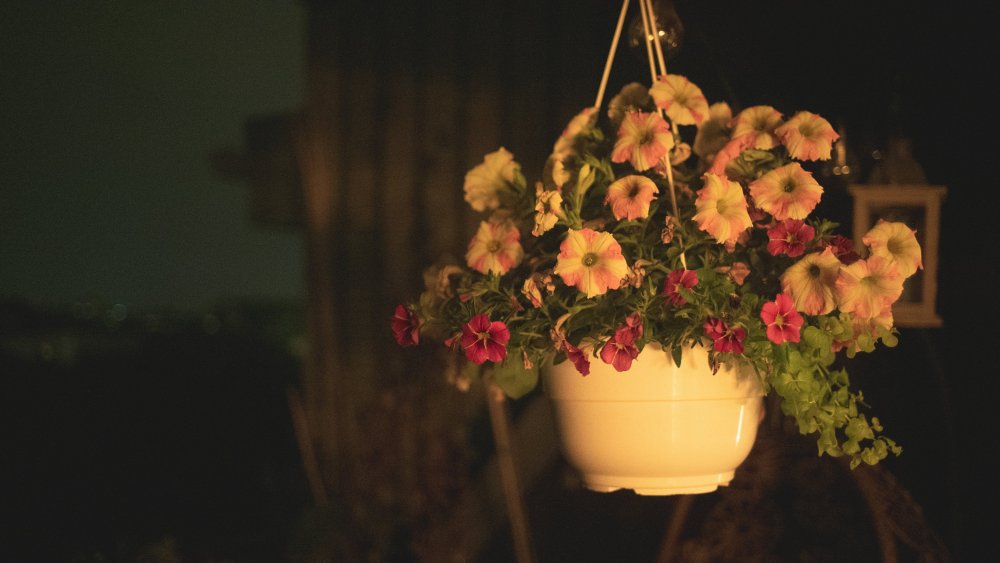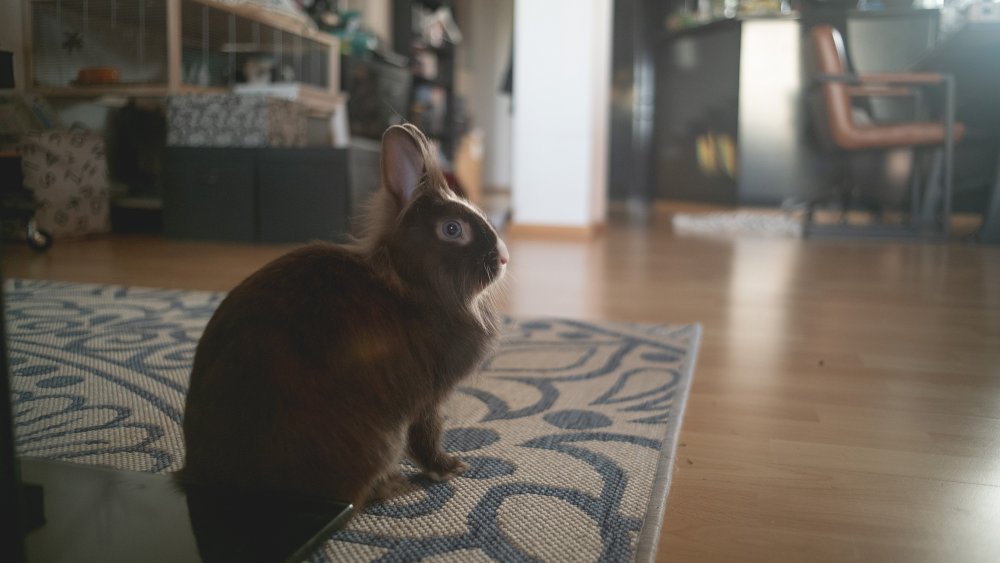-
Posts
15,510 -
Joined
-
Last visited
Content Type
Profiles
Forums
Articles
Everything posted by Andrew Reid
-
24p for one. Which is why they mention it in the patent!
-
You can say that again!! The best case scenario is: RED has infringed multiple important Nikon patents. Nikon gets compressed RAW in a settlement agreement. Worst case is: Nikon pulls the firmware update and cannot ship Z9 in future with the infringing feature. And I agree the patents system does prevent technological progress and is to the detriment of competition and consumers. But people on this thread seem to be blaming RED for this when it is actually a much more complicated issue akin to the upsides and downsides of stuff like copyright.
-
You would patent a movie camera without mentioning 24fps?
-
It's not about "feelings". One is a worldwide standard and one isn't. Having a standard frame rate for cinema is important otherwise people would mix 22,23,24,25,26 all on same timeline depending on camera brand. One is a standard, one isn't. You have to describe a patent with numbers and figures, and can't be wooly about it. You have to pick a standard. If you are designing a cinema camera and the standard for cinema is 24fps, why the fuck would you not mention that in the patent? The EV range analogy is a load of bollocks nonsense, complete irrelevance to the topic. A better analogy would be 50hz vs 60hz electricity as that is a fundamental difference in the supply standard. Thus if you were patenting an electric vehicle you might want to mention some fundamental numbers.
-
I gave it a try the other day. It works, very good sensor in it. There's also the Xiaomi Mi 10 which will give you 6K/24p RAW due to faster processor so maybe worth paying $300 for one of those on eBay instead. Redmi Note 11 is a bit more responsive than the Note 10 and same price. That's got a much smaller sensor though, but it seems to work well. Be careful of some of the budget handsets like Oppo Reno6 5G Stellar. It's got a lovely camera and 4.6K RAW but I couldn't get more than 16fps out of it in the app. Be aware that all the Xiaomi devices have slow USB C ports (2.0 speed crippled shit) so off loading the RAW will be slower than wifi and you can't use external SSDs for recording, so watch the internal memory size... 64GB not going to cut it.
-
In my opinion looking like best devices are... Xiaomi Mi 10 (6K RAW) Xiaomi Mi 11 Ultra (huge sensor and 5x periscope optics) OnePlus 8 Pro (I liked the RAW stills from this sensor and lens combo too) Whereas Samsung non-Snapdragon models in EU don't work properly and Huawei is a complete non-starter. Redmi / Poco phones seem to have some milage as best value for money But you can get a Mi 10 for 300 euros used nowadays.
-
-
OK IronFilm I await your 23fps digital camera. Let's see how it sells!
-
The other thing with Mi 11 Ultra, amazing sensor though it is (and you can record 4K RAW on the ultra wide and 5x optical periscope zoom camera too) is that the USB C port is USB 2.0 speed! The app allows you to plug in a Samsung T5 SSD or such, and record RAW video directly to that. So worth rigging one up but only if your phone doesn't do something stupid like not having full speed USB 3.1
-
How do you find screen brightness on the Poco now summer is here? On the Mi 11 Ultra, I can barely see what I'm recording even with screen at maximum brightness. I think the phone has a bug where it isn't using maximum nits, and Motion Cam has a very dim live view for RAW video. I might try it on a few other phones as well, although really happy with the image quality on the Mi 11 Ultra. What's the general consensus on best bang for buck? Oneplus 8 Pro? It would be great to try it on a few sub-£300 handsets (going by used prices). Closest we can get to a Digital Bolex this side of 6 grand!
-
Who cares what Jake Paul uses? Let's focus on the RAW video app Motion Cam for Android in this topic please. Thanks.
-
It's a completely different argument. Me merely wanting it to be different doesn't make things different! I want things to be freed up but at same time you have to point why things are as they are. If the RED patent was too broad when it was granted 15 years ago, it would not have been given. If the prior inventions at the time did internal compressed RAW at 2K or higher then it would not have been given. If the invention at the time wasn't novel then again it would have been too obvious to patent, but it wasn't. I am no great RED defender. I think the way they treated Bruce over Jinnimags was absolutely wrong and anti-competitive. But in this topic we have people arguing that apples are oranges. - Having a Dalsa camera being first to record 4K RAW is irrelevant, because it is uncompressed RAW to an external recorder. The RED patent didn't patent that. That's why you can still do it today via an HDMI cable. - Having prior patents from Nikon over RAW on a stills camera doesn't make it an obvious evolution to a movie camera, and they are different concepts. It was like pulling teeth and got me nowhere, but as I said to Iron Film there is a difference between 9fps burst modes and 24fps continuous recording on the market and in patent terms. One is a stills camera, one is a movie camera. Patents are very specific. They don't cover such a broad basis for a product. The difference between 23fps and 24fps is also a valid one. One is a worldwide movie standard. One isn't. If anyone has any actual facts that will invalidate it then let me know. I mean come on guys we can do better than this. I am all ears. Otherwise we'll get nowhere. I would be really interested in hearing from someone with actual knowledge. All this conjecture from the arm chair is a waste of everybody's time on this forum.
-
So? It isn't relevant to the patent though. You go off and argue with the judge about it if you like. "Objection!" "It is a relevant prior invention because.... It was mentioned on a forum in the same thread!" *Sigh* Have you even noticed that external recorders are allowed to do compressed RAW without violating the RED patent? The patent only covers internal compressed RAW recording where the hardware is all integrated in-camera. Having an off-board recorder makes the system outside the scope of the RED patent. We're not talking about 4K uncompressed externally recorded RAW. The RED patent is not about 4K uncompressed externally recorded RAW. Have you actually RED the RED patent? I suggest you give it a RED!
-
Starting to get into real head banging on wall territory for me here dude. 24fps is the cinema standard. Lower numbers are not. It matters. It isn't considered motion by the standards of the film industry if it is lower than 24fps. Otherwise we would still be shooting in 20fps on the original Canon Rebel 500D. So if you are going to apply for a patent for motion, you determine 24fps minimum. If you apply for a patent for stills, you are talking single frames or bursts and not continuous motion for hours. A patent that applies to a single frame or 9fps, or whatever, has different claim to one targeting motion picture cameras. RED patented the codec as part of a video camera patent. That's why it applies to video cameras. You're saying it shouldn't exist because other cameras before it did compressed RAW for stills. This is nonsense. Stills are stills. It isn't continuous motion for 2 hours. Even if the burst rate is above 24fps, it is still a complete different concept to a movie camera.
-
Yes and it's 100% not relevant to the RED Patent on compressed RAW. The Dalsa used an off board recorder for RAW. Equivalent to using an external HDMI recorder today. The RAW was also completely uncompressed. Says right there on your Wiki link: "The camera outputs raw data to an off board storage unit at a rate of approximately 400 megabytes per second"
-
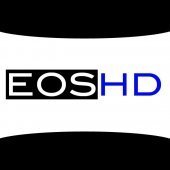
Why Gerald Undone is wrong about the Sigma Fp-L
Andrew Reid replied to Andrew Reid's topic in Cameras
I don't think they did. What would be nice on mirrorless cameras is something like this for £300 instead of 2 grand. https://cvp.com/product/kippertie-str-nd-strata-pl-nd-mount?gclid=CjwKCAjwy_aUBhACEiwA2IHHQDU-KnAcNoXGjiCHNjT1x0A7rRa6a2GwXIA80LVdDw0Gt-z4I1ciYBoCa7YQAvD_BwE It even has a clear setting. -
The paid version of the app is now out for £12.99 on PlayStore. It is really worth it. Here is the result. So good it gives Blackmagic pause for thought. Download original Cinema DNG frame on me: https://drive.google.com/file/d/1Hi-MaSjA8tC_5zOmp1yXk09xV6XZg-_s/view?usp=sharing Stuff I like: Can select all manner of quirky frame rates and see if they work. 120p was an option on my Mi 11 Ultra! 24p was officially supported but 25p was in the list of quirky unsupported frame rates. Hopefully it will work along with 50p and 60p as well. Total sensor output is 4080 x 3072 As you can see this is open gate 4:3! The app controls to crop width and height are really handy. Reduces file size too. Above frame was with 44% vertical crop to give me close to 2.35:1 cinemascope style, and results in 7MB/frame. There is option for compressed RAW and multi-frame noise reduction plus in-camera playback and clip management. The RAW containers can be converted in-app to Cinema DNG format or even MP4! Noise grain and detail absolutely tip top.
-
They described a cinema camera shooting 24fps or more at 2K or more. You are suggesting they write the patent in an unclear way, and that just isn't how it's done. If they had not defined a SPECIFIC minimum frame rate and resolution, the claims of the patent would be legally unclear. I don't see how this is hard to comprehend even for a non-lawyer.
-
You don't get it do you. Patents have to be specific and you have to draw a line at specific numbers and features.
-
Yes massive difference between 24fps and 23fps. In a patent you have to draw the line and define what standards it applies to. RED is saying that 23fps would be a burst mode for stills cameras but 24fps is a cinema standard. Do you really expect a patent lawyer to not bother with details like that?! "Ah 23, 24 all the same to me!"
-

Why Gerald Undone is wrong about the Sigma Fp-L
Andrew Reid replied to Andrew Reid's topic in Cameras
I did indeed. The stills/cine separation thing was a bit of a damp squib though. It only allows you to separate exposure controls, not more exotic things like crop factor. Thankfully the crop feature can be assigned to left and right on the d-pad so it is very quick to set. That RED motion mount I showed you, I wonder how possible it would be to adapt it to L-mount, with a little control box for the ND? Probably not easy but probably not impossible either 🙂 -
The filter stack includes an IR cut which has a huge impact on colour balance. Some sensors let in more infrared light than others. Big effect on skin tones. So it is not just the colour filter array, but other attributes of the sensor design that have an impact on colour in RAW files. Dynamic range and noise do not leave colour balance or tonality alone, it all shifts. What about colour in highlights close to the clipping point? That differs greatly between chips, with different pixel size and dynamic range. And same thing deep in the shadows. Also saturation and contrast go hand in hand. It's hard to take one aspect like colour alone, isolated from other facts. From my own eyes I know for a fact that sensors have a different look to colour in RAW and grade differently, not all RAW files have the same tonality or colour depth. Tough to even match a CCD to CMOS let alone an Alexa and a RAW file from an A7S II.
-

Why Gerald Undone is wrong about the Sigma Fp-L
Andrew Reid replied to Andrew Reid's topic in Cameras
Really weird. I had to restart the camera and put an L-mount lens on it before it started working. Now it is actually selecting 1/50 rather than 1/60, with the Sigma lens as well as with a manual focus Leica M adapter aka Billy No Lens. -

Why Gerald Undone is wrong about the Sigma Fp-L
Andrew Reid replied to Andrew Reid's topic in Cameras
1/40 I can get as well. Did you try 1/50? -
Here is that well know low light test - Hanging basket in the dark, pioneered by Steve Yedbasket. I encourage you to open that one up and have a look at the grain, as it is quite nice for ISO 6400 from a 9.5K sensor in the dark with no crop. As long as you don't try pushing it in post by 3 stops that is! There is another very good test of RAW video and that is the famous bunny test sequence invented by Roger Sadknockers. I think you can all agree these shots are giving Mr Undone a real run for his money.




